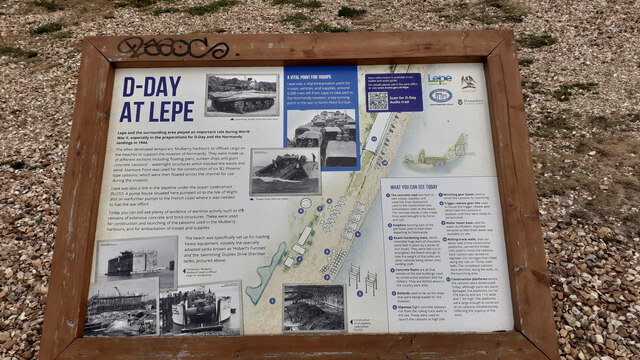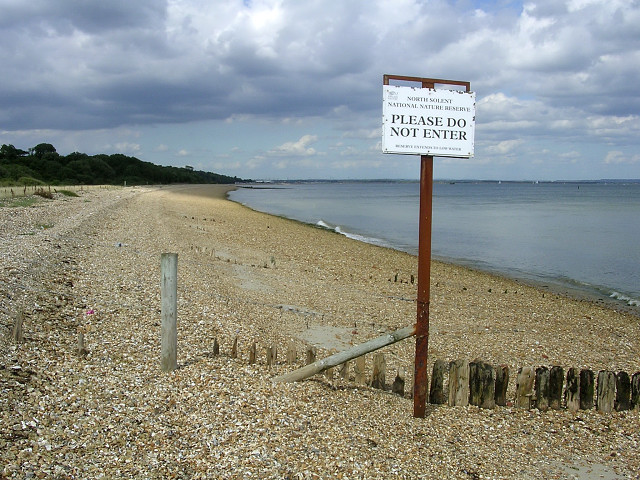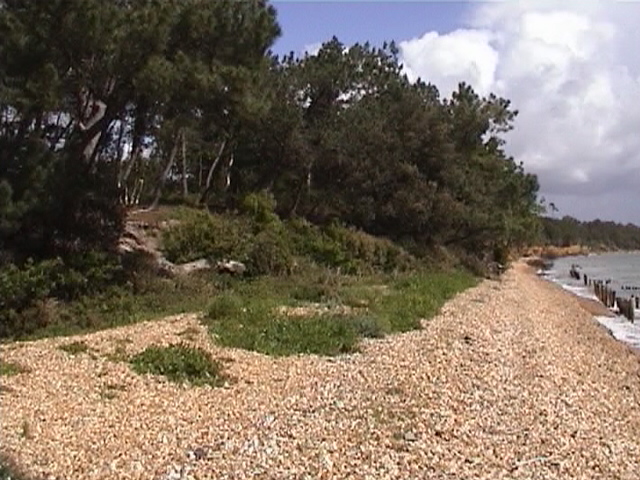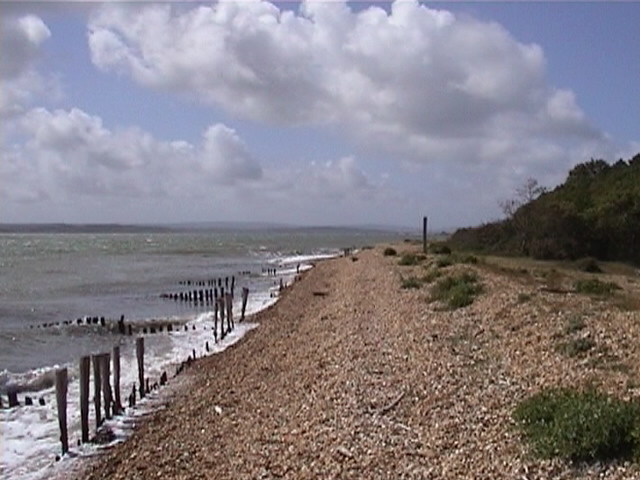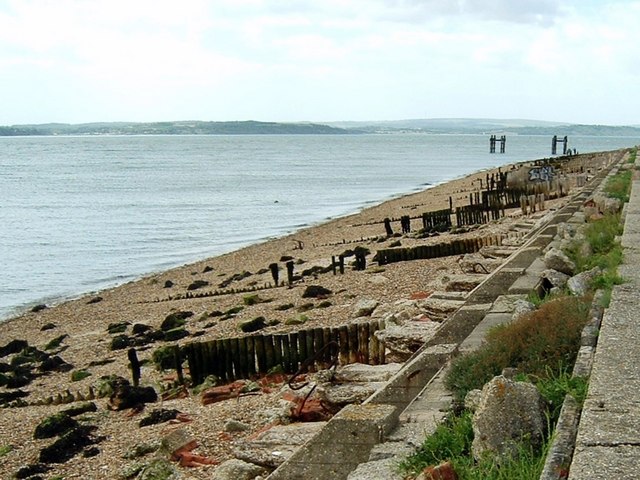Bournefield Plantation
Wood, Forest in Hampshire New Forest
England
Bournefield Plantation
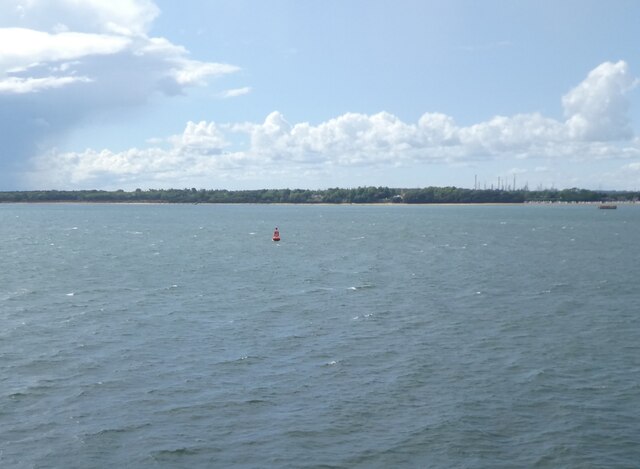
Bournefield Plantation is a wooded area located in Hampshire, England. Situated near the town of Bournefield, the plantation covers a vast expanse of land, primarily consisting of dense forest and woodlands.
The plantation is known for its rich biodiversity, with a variety of plant and animal species calling it home. The forest is predominantly made up of native tree species such as oak, beech, and ash, creating a diverse and vibrant ecosystem. The lush undergrowth provides a habitat for a wide range of wildlife, including birds, mammals, and insects.
Visitors to Bournefield Plantation can explore the numerous walking trails that wind through the woods, allowing them to immerse themselves in the natural beauty of the area. These trails offer stunning views of the surrounding countryside, providing a peaceful and tranquil setting for nature enthusiasts and hikers alike.
The plantation also holds historical significance, with remnants of an old manor house dating back to the 18th century still visible within its boundaries. This adds an element of charm and intrigue to the site, attracting history buffs and archaeology enthusiasts.
Bournefield Plantation is a popular destination for both locals and tourists seeking a retreat from the hustle and bustle of everyday life. Its natural beauty, diverse wildlife, and historical significance make it a must-visit location for those interested in exploring the Hampshire countryside and immersing themselves in its rich heritage.
If you have any feedback on the listing, please let us know in the comments section below.
Bournefield Plantation Images
Images are sourced within 2km of 50.801541/-1.3299634 or Grid Reference SU4700. Thanks to Geograph Open Source API. All images are credited.
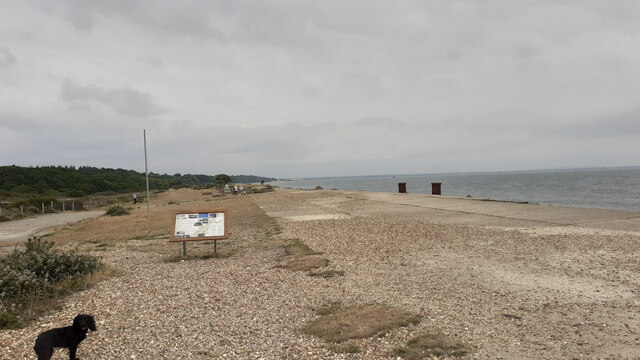
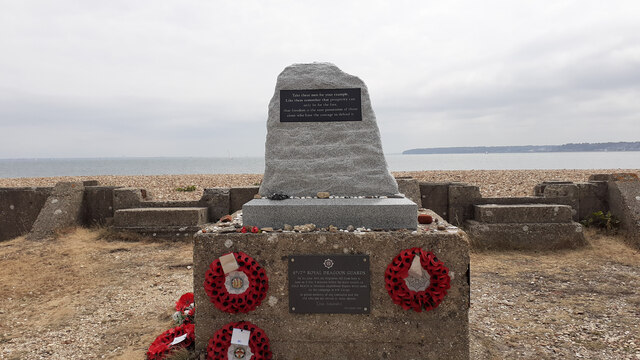
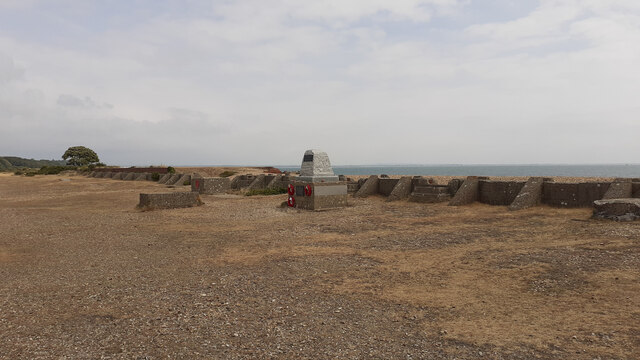
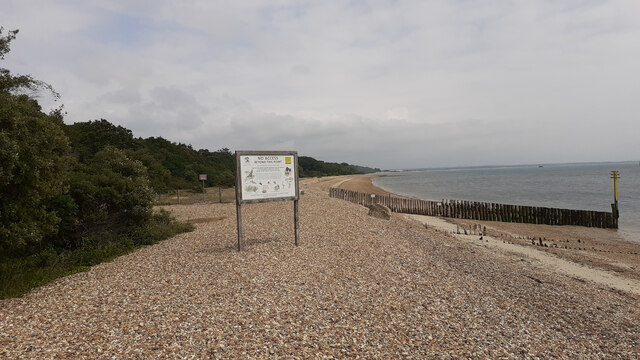
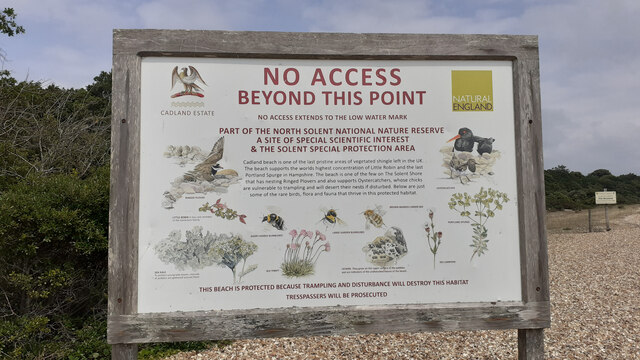

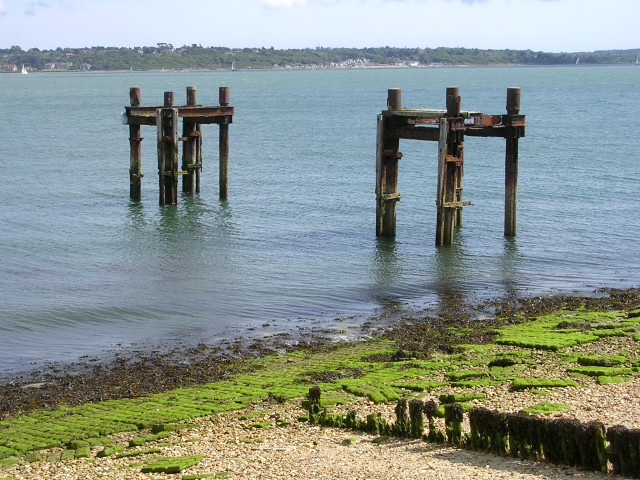
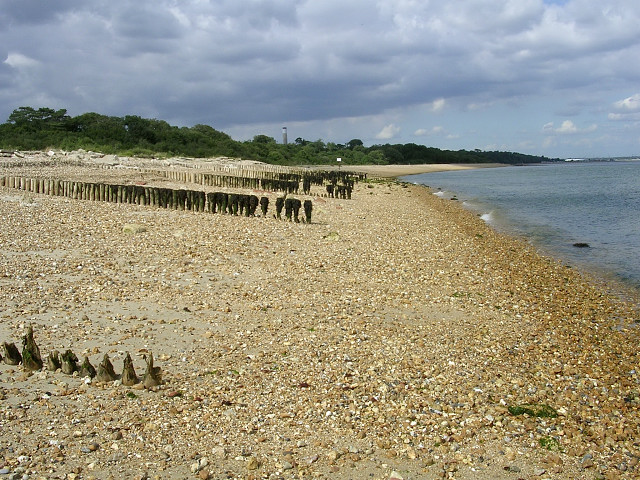
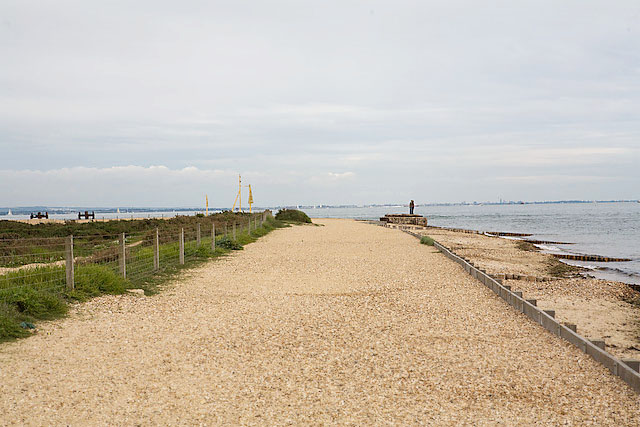
Bournefield Plantation is located at Grid Ref: SU4700 (Lat: 50.801541, Lng: -1.3299634)
Administrative County: Hampshire
District: New Forest
Police Authority: Hampshire
What 3 Words
///forgives.rotate.poodle. Near Gurnard, Isle of Wight
Nearby Locations
Related Wikis
Luttrell's Tower
Luttrell's Tower is a three-storey stuccoed yellow brick folly south of Southampton, Hampshire, England, near the village of Calshot. It has a six-storey...
Calshot
Calshot is a coastal village in Hampshire, England, at the west corner of Southampton Water where it joins the Solent. == History == In 1539, Henry VIII...
Fawley Power Station
Fawley Power Station was an oil-fired power station located on the western side of Southampton Water, between the villages of Fawley and Calshot in Hampshire...
Calshot Marshes
Calshot Marshes is a 51.1-hectare (126-acre) Local Nature Reserve near Calshot, at the junction of The Solent and Southampton Water in Hampshire. It is...
Nearby Amenities
Located within 500m of 50.801541,-1.3299634Have you been to Bournefield Plantation?
Leave your review of Bournefield Plantation below (or comments, questions and feedback).
